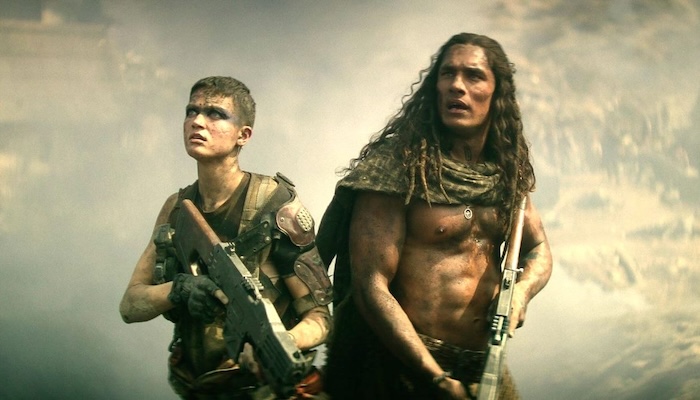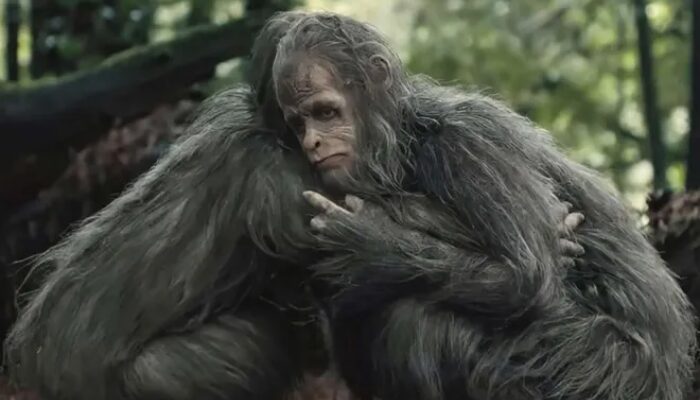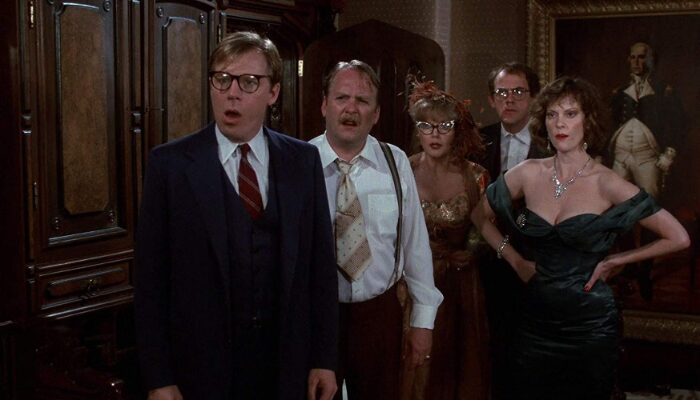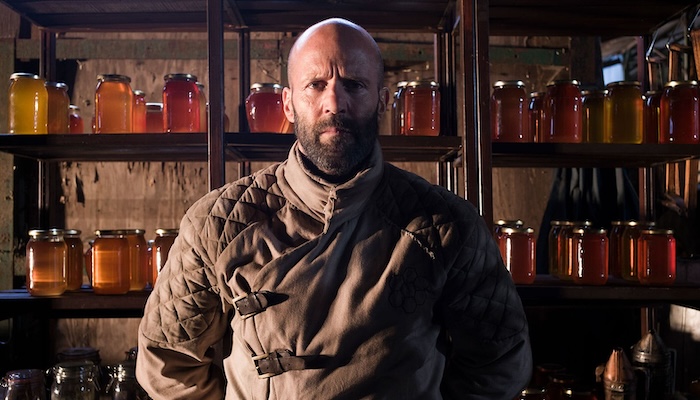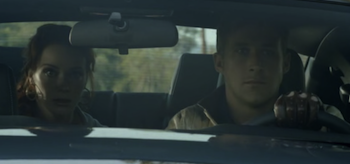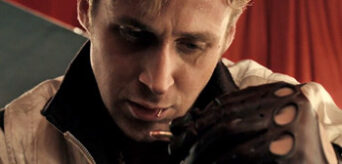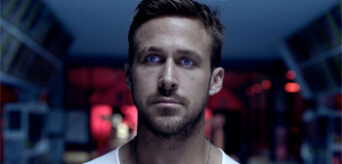Film Review: DRIVE (2011): Nicolas Winding Refn, Ryan Gosling
Drive (2011) Film Review, a movie directed by Nicolas Winding Refn and starring Ryan Gosling, Carey Mulligan, Bryan Cranston, Ron Perlman, Christina Hendricks, Oscar Isaac, Albert Brooks, Tina Huang, Joe Pingue, Cesar Garcia, James Biberi, Jeff Wolfe, Sarah Adela Tirado, Christian Cage, and Tiara Parker.
A minimalist film with Hollywood production attributes is almost an oxymoron. It is rare that they can co-exist together harmoniously but that unique situation is present in Drive.
The cinematography and palette in Drive are similar to Michael Mann’s Heat, except with Drive, during a few scenes, there is a elaborate and exquisite setup involved e.g. the stripper dressing room scene.
Though the scenes eventually explain themselves, there is no elaboration for what Driver (Ryan Gosling) wears. The yellow scorpion sigil on Driver’s white jacket is always a question, as most of the time, Driver wears it and it is prominently shown. It means something, says something about Driver, his character, the person the viewer is looking at, though that something is as illusive as Driver’s real name. The other component of the jacket, the white border, could stand for purity; a common theme for that color but it is dubious that the yellow of his sigil stands for coward or craven, which Driver most certainly is not. The yellow may instead be a nod towards gold, a metal that does not corrode, and a substance whose hard solidity and value is without question.
Even as that jacket, that white purity, becomes dirtier and dirtier with city grim and blood, the golden scorpion always looms, untarnished. When the action commences in the film, the viewer sees that the scorpion standard is apt: Driver is vicious, literally shaking with rage.
Driver is The Man With No Name in the film, a protagonist in a modern day western. His anger is probably a reason no one knows anything about him. He wants it that way. His anger and wrath explode much like the protagonist in 1971’s Get Carter. There is a litany of past behind that anger that is never hinted at or explored in Drive. In one highly-illuminated, well-lit scene (the stripper dressing room scene alluded to earlier), Driver holds a bullet to the temple of a potential victim, ready to strike it through his skull with one sudden (hammer) blow, much like a scorpion with its stinger.
As in Valhalla Rising, director Nicolas Winding Refn does not shy away from ultra violence and gore, setting up those violent scenes for maximum effect. Like One-eye, Driver is unapologetic about the violence he perpetrates and is accustomed to it (another plot point never discussed in the film).
Though there is symbolism and copious bloody situations in Drive, there is also an almost adolescent attraction between Driver and Irene (Carey Mulligan). That attraction is based on visual and situational chemistry from continuous proximity to each other. It’s the last thing Driver’s wants initially, especially with a woman who has a child.
One of the earliest film noir moments in Drive is a scene where Driver and Irene stare at each other and only smile, both feeling the same attraction and liking each other’s company. The scene is an island surrounded by fast moving Los Angeles waters, allowed to transpire with no camera cut-aways or musical interruptions.
When Irene grabs hold of Driver’s hand in a later scene, their mental bond is made physical. Much like the whisper in Lost in Translation, followed by palpability realized in a kiss, the hand grab spoke of what had silently been building between them.
Some relationships are built on attraction and chemistry not rationality (summed up when Irene informs Driver her husband is getting out of prison soon) and pragmatism. Driver and Irene’s relationship is an example of this but their relationship takes it further. When Driver finds out that their relationship is a potentially venomous association, he maintains it. He dives in and strengths it rather than showing a degree of omniscience or a need for self-preservation.
Men and the relationships they attract is a classic element of film noir. In these films, the woman is the downfall of a man, usually the male main character in the movie. This is the case in Drive but that scenario is divided unevenly between two women, Irene and Blanche (Christina Hendricks). The majority of Driver’s downfall (the life he had built for himself in LA) comes from meeting Irene and becoming involved in her life and her ex-con husband Standard (Oscar Isaac)’s difficulties. The other comes from his defacto wing person (Blanche) in the resulting heist. One woman uses Driver while the other is a hapless sideliner who means no harm but is bereft of a normal life because of her husband’s past and associates. Irene’s destruction of Driver is inadvertent: she takes no direct action against him. Blanche is different; she is “in” on it or at least part of it.
The few car chase/racing scene in Drive are not partially computer-generated like in The Fast and the Furious movie franchise. In addition, the police, the police radio system, helicopters, and modern coordination are an intricate part of Drive. Their inclusion brings authenticity into the film. Since Driver exists in a real world with real consequences, he is pragmatic. Driver is not about out-racing someone, including the authorities, like in Gone in 60 or Vanishing Point. Driver is about evasion, non-detection, stealth, and escape, hence his choice of non-descript, extremely popular car, one of the most widely owned car in Los Angeles (making him harder to trace and track).
Drive is a film of both style and substance, a movie that takes its time (the stunt mask scenes in the third act) and does not follow the norm (certain death scenes are kept off screen), making the drama and the action in the film all the more enjoyable to watch as they unfolded on-screen.
Rating: 8.5/10
Related Articles
FilmBook's Newsletter
Subscribe to FilmBook’s Daily Newsletter for the latest news!

